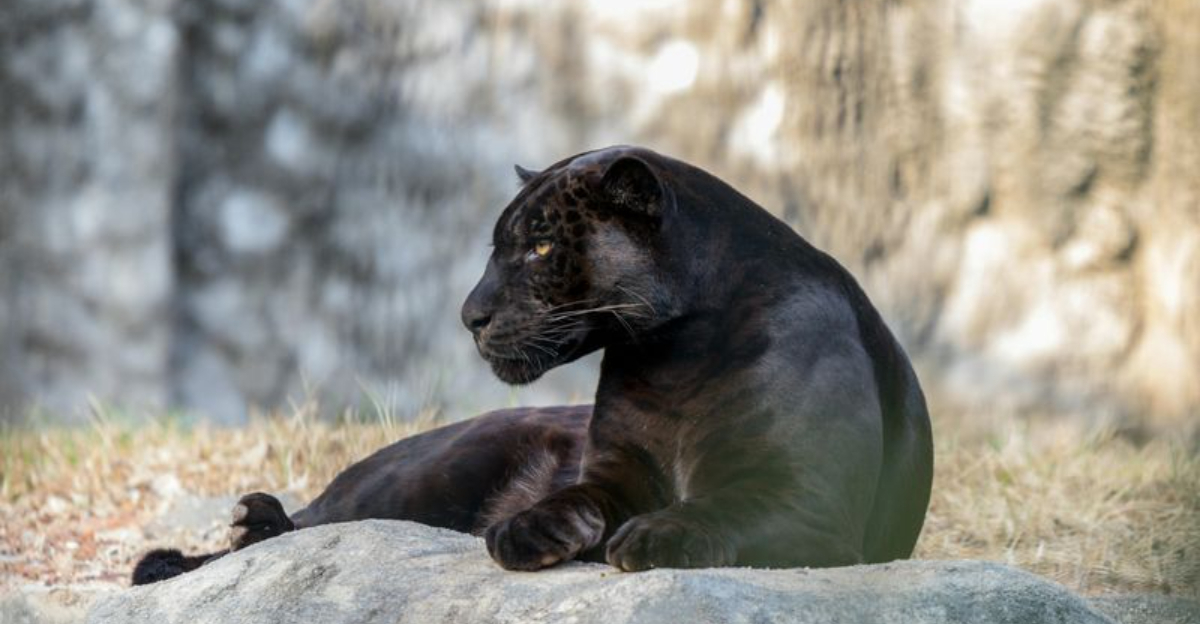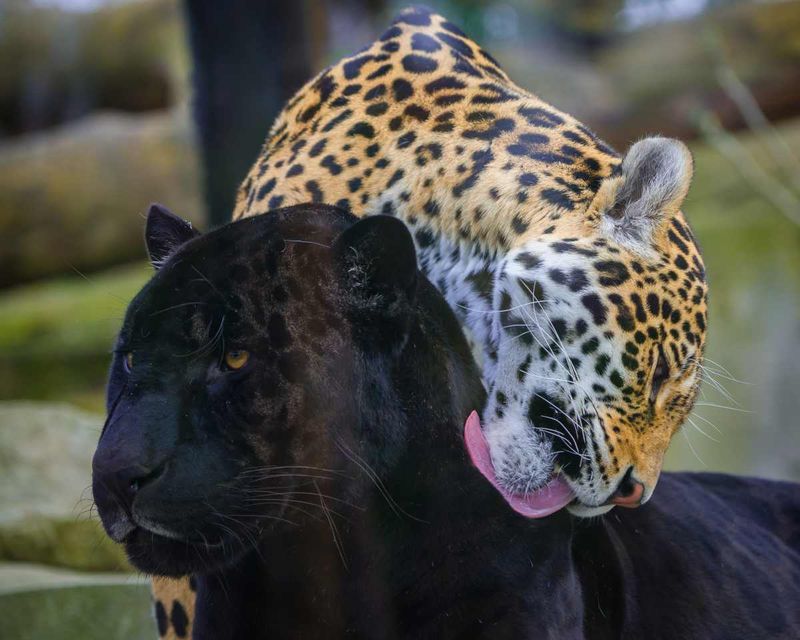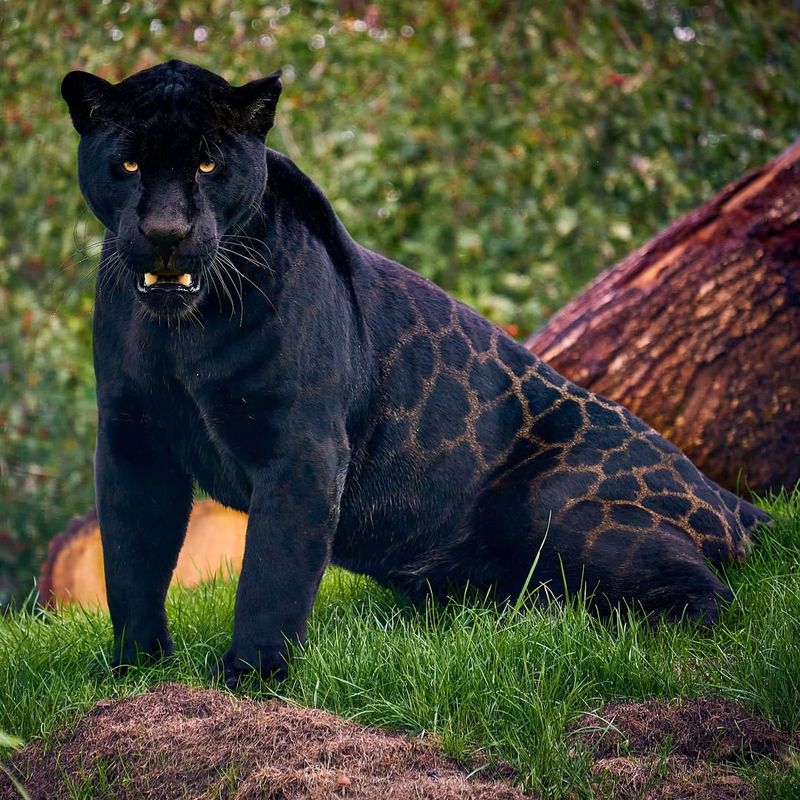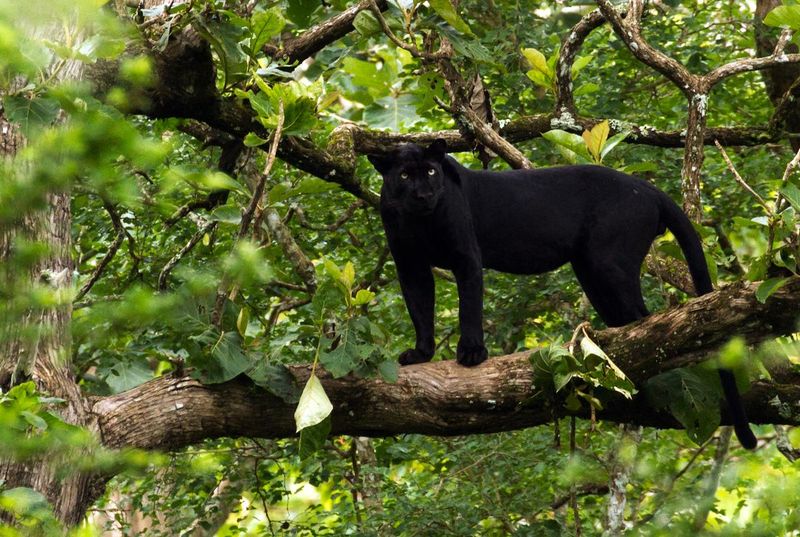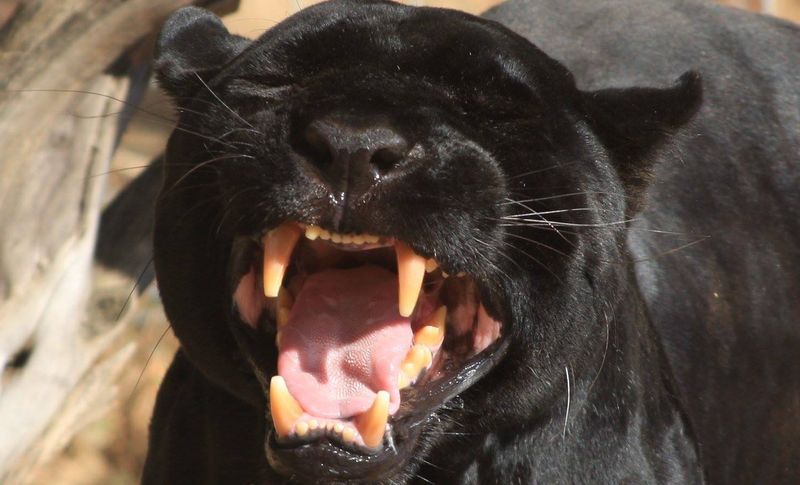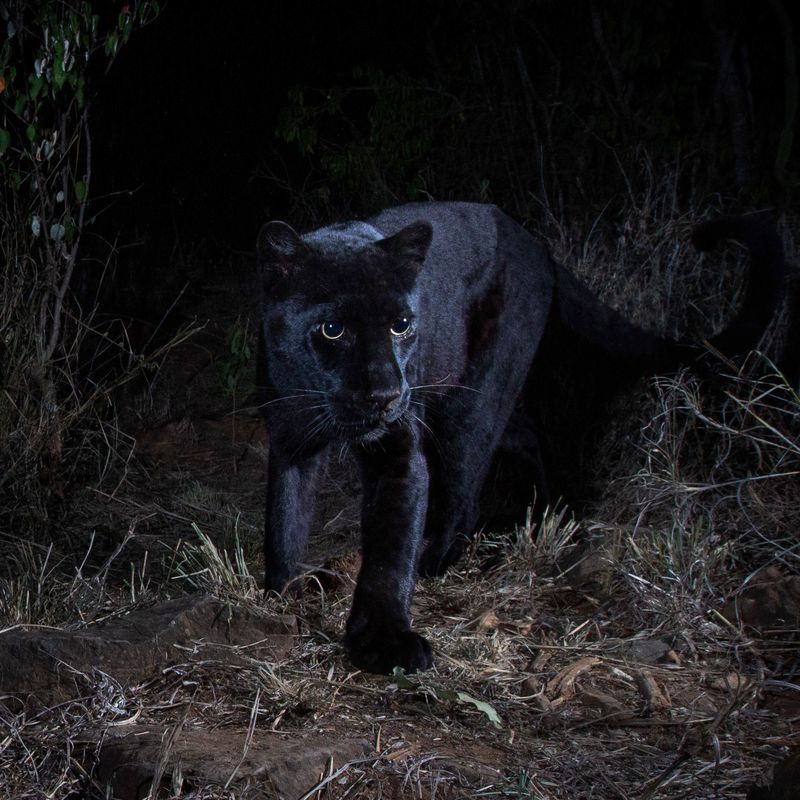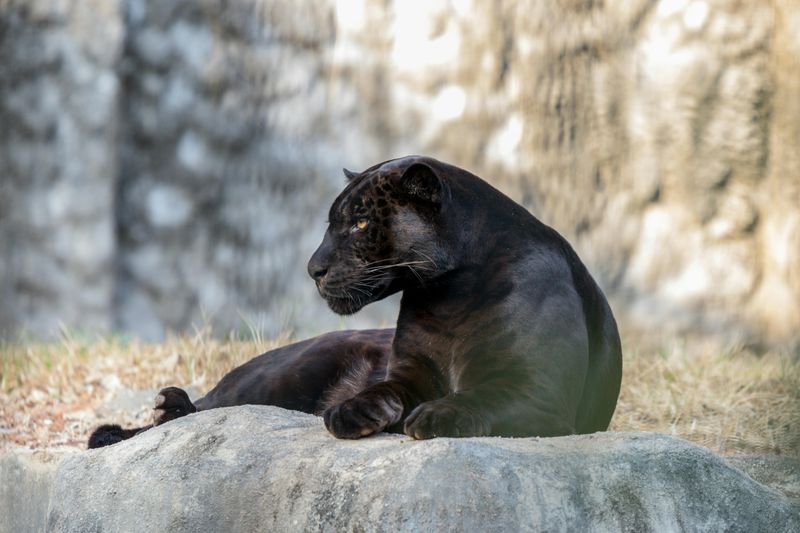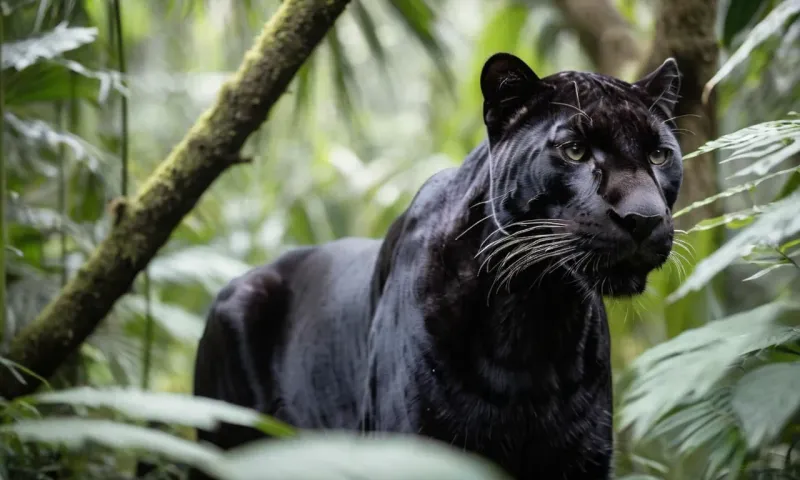📖 Table of Content:
Mysterious, powerful, and cloaked in shadow, the black panther is one of the most iconic and misunderstood animals in the natural world. Despite its reputation as a distinct species, the panther is actually a melanistic variant of either the leopard or the jaguar, depending on geographic origin. This striking difference in appearance is the result of unique genetic mutations, not separate evolutionary lineage.
The allure of the black panther is rooted in its rare and visually arresting appearance—an all-black coat that seems to absorb light. But behind this dark exterior lies a fascinating story written in DNA. Through genetics, science has begun to unravel the secrets behind what makes this feline so different from its fellow big cats.
Delving into the genetics of panthers reveals far more than skin deep changes. It provides insights into natural selection, adaptation, and the ways in which a single mutation can ripple through an organism’s life and behavior. These genetic nuances not only help us understand panthers better but also offer valuable lessons for wildlife conservation and evolutionary biology.
1. Melanism: The Signature Genetic Mutation
At the core of a panther’s distinctive black coat lies a genetic condition known as melanism, caused by specific mutations in genes related to pigment production. In leopards, this trait is recessive, meaning both parents must carry the gene for it to appear in their offspring. By contrast, jaguars exhibit melanism through a dominant gene, so only one parent needs to pass it down. This difference in genetic expression between the two species results in varied prevalence and inheritance patterns. The increased melanin in their skin and fur leads to a nearly uniform black coat, though their typical spots remain subtly visible. Unlike albinism, which results from a lack of pigment, melanism involves overproduction, a complete inversion in the pigmentation process. This mutation is not just about appearance—it plays an influential role in survival and evolution.
2. Pattern Beneath the Black
Though their coats seem like an unbroken canvas of black, panthers still retain the rosettes and spots that characterize their non-melanistic relatives. These hidden patterns become visible under bright sunlight or infrared imaging, revealing that melanism masks rather than replaces traditional markings. This hidden layer indicates that the genes responsible for coat patterning remain active, even when melanism dominates the animal’s outward appearance. The phenomenon exemplifies how multiple genes interact to shape a phenotype, with one trait suppressing but not eliminating another. Observers who spot a black panther in the wild may never realize these subtle complexities are present. In some cultures, this combination of hidden beauty and mystery has elevated panthers to mythical status. Their covert patterns highlight the intricate interplay between visible traits and underlying genetics.
3. Adaptive Advantage
Survival in dense jungle environments favors creatures that can blend seamlessly with the shadows, and melanism grants panthers a distinct advantage in these settings. In rainforest habitats with low light, a black coat offers superior camouflage during nocturnal hunts. This stealth benefit may contribute to better hunting success, particularly among younger or less experienced cats. Additionally, recent studies propose that melanism might provide enhanced resistance to certain pathogens, indicating a possible immune system advantage. Such benefits can drive natural selection, allowing melanistic individuals to pass their genes on more effectively. While these advantages are still being studied, early research supports the idea that melanism is more than just a quirk of appearance. Evolution often rewards traits that serve multiple functions, and melanism appears to fit that mold perfectly.
4. Single Gene Impact
Remarkably, a transformation as dramatic as melanism can stem from a mutation in just one gene, demonstrating the profound effect of individual genetic changes. In jaguars, it is the MC1R gene that plays a central role; in leopards, the culprit is the ASIP gene. These genes regulate melanin production and distribution, dictating the coloration of fur and skin. A simple change in the coding sequence of these genes can increase melanin output, flooding the fur with pigment. This makes melanism a perfect case study for how point mutations can influence entire populations. The relatively straightforward genetic mechanism also allows scientists to trace inheritance patterns and map how the trait spreads through generations. Even more importantly, it serves as a window into the power of genetics to sculpt visible traits from microscopic origins.
5. Rare in the Wild
Although well-known thanks to pop culture and mythology, black panthers are rarely seen in the wild. Melanistic individuals make up a small percentage of the overall leopard and jaguar populations—roughly 11% and 6%, respectively, depending on the region. Their scarcity contributes to their mystique and fuels myths surrounding their supposed supernatural abilities. Ecologically, this rarity may be due to limited advantages in certain environments or lower genetic diversity in isolated populations. Conservationists use sightings and camera traps to estimate the prevalence of melanistic cats and understand the conditions that favor their development. Genetic bottlenecks or environmental changes can shift these rates significantly over time. This rarity underscores the importance of genetic monitoring in maintaining healthy, balanced ecosystems.
6. Hybrid Confusion
Throughout history, the term “panther” has been applied inconsistently, leading to confusion about what animal it truly refers to. In North America, it’s sometimes used to describe the cougar or mountain lion, while in Africa and Asia, it typically denotes the leopard. This ambiguity can even lead some to believe panthers are a separate species altogether, when in fact, they are simply color morphs. Genetic testing dispels this myth, confirming that panthers share nearly identical genomes with their lighter-coated relatives. These naming inconsistencies stem from regional language differences and cultural interpretations rather than biological distinctions. Clear scientific classification helps distinguish between actual species and morphs, aiding research and conservation. Clarity in terminology ensures accurate understanding and preserves the integrity of biological records.
7. Behavioral Differences
Interestingly, there is growing evidence that melanistic big cats may behave differently than their non-melanistic counterparts. Studies suggest that black leopards tend to be more nocturnal, perhaps to exploit their enhanced camouflage under the cover of darkness. This shift in activity pattern may increase their success as ambush predators in shadowy environments. Behavioral divergence could stem from both genetic predispositions and environmental feedback loops. Researchers are also exploring whether melanistic cats have differing social patterns or territory sizes. Observing these behaviors in the wild remains challenging, but advances in remote sensing are improving our ability to track and compare individuals. If confirmed, these distinctions would further emphasize the interconnectedness of genes and behavior. The black panther’s unique way of life could thus be as genetically influenced as its striking appearance.
